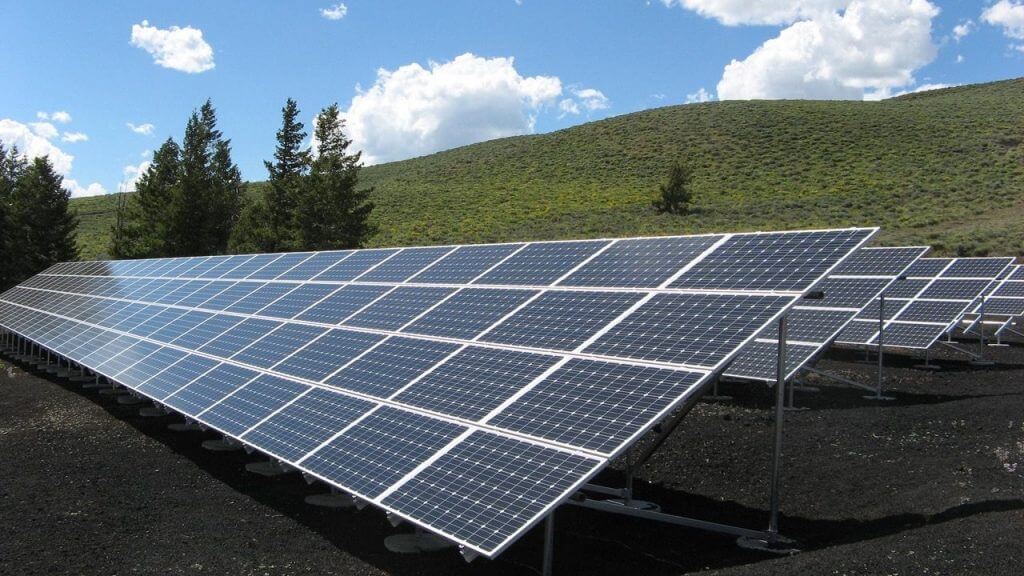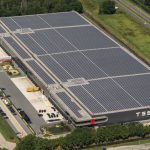The Bureau of Land Management has introduced a new rule for wind and solar projects. This rule is meant to protect wild lands and the climate. It’s a guide that allows energy projects in low-conflict and pre-screened areas to increase renewable energy on public lands. This helps in reducing greenhouse gasses and effects of climate change. It hastens renewable energy projects on public lands that are less sensitive while minimizing environmental impacts. This rule creates a streamlined process that drives sustainable development in wildlands.
Initiatives
Solar panels will be installed in areas that are screened for impacts on wildlife and landscape. These federal lands cover millions of acres and receive more sun rays and strong winds. Winds in the west have made states like California, Nevada, Wyoming and Arizona highly desirable for renewable energy. Renewable energy projects on public lands have been on the rise since 2009. BLM has been involved in some of these geothermal and wind projects. Now it has come with a new rule that will help in creating more clean energy on wild lands.
Implications
This rule will ensure that solar and wind projects are directed away from wildlife and sensitive land. All companies that are willing to develop in these pre-screened zones will be entitled to development benefits. Regulations and positive reinforcement ensure that development is done away from special places. A special rule for wind and solar projects means that developers will have access to predictable and efficient permits. Previously, they used to obtain them under a program meant for road and telephone lines. This slowed down project implementation and lead to a lot of conflicts.
Having established a competitive leasing framework, BLM ensures that taxpayers deal with the right developer. The public will be able to receive their fair share when land is used for development. BLM aims at using a standard leasing process as opposed to the traditional, first come first serve. There is also a program meant to grow and adjust to evolving renewable energy in these areas. If demand grows then the particular state will have more priority for energy development.
Potential
Some projects done in Nevada show good prospects for this rule. It also serves as an example of how the rule approaches development. In these large-scale projects, BLM focused on low-conflict and pre-screened dry solar energy zones. These projects were approved within 10 months. This was enhanced by BLM’ s initiative of bringing renewable energy developers, environmental groups, and the public together. It’s evident that Bureau of Land Management created a rule that works for developers, conservatives, nature and the public.
Extra Mile
More needs to be done for renewable energy and public land. Even with Dry Lake and Desert Renewable Conservation Plan success, there is still a long way to go. BLM, the Interior Department, and Congress should keep working on clean energy and sustainable development. They need to find the best possible routes for pipelines and electric power lines. This has a big impact on wild lands. The congress should consider reinvesting part of the revenue collected during conservation. They should come up with comprehensive plans that balance wildlife, land and water protection with energy and other forms of development.
If you are wanting to slash your bills by at least 50 percent, give Solar 360 a call. We’ll answer all of your questions and get you started down the road to solar power freedom.









